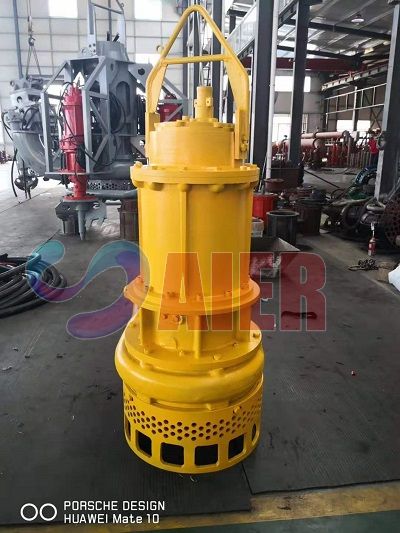Окт . 22, 2024 02:29 Back to list
slurry pump components
Understanding Slurry Pump Components
Slurry pumps are essential pieces of equipment used across various industries, particularly in mining, mineral processing, and construction. They are designed to transport abrasive and viscous materials—known as slurries—consisting of solids suspended in a liquid. The performance and efficiency of a slurry pump rely heavily on its components, each of which has a vital role to play.
1. Pump Housing
The pump housing, or casing, is the outer shell of the slurry pump. Constructed from robust materials such as cast iron or stainless steel, the housing provides structural integrity and protection to the internal components. It is specifically designed to withstand high pressures and corrosive environments, ensuring durability and longevity in harsh operational settings.
2. Impeller
The impeller is the heart of the slurry pump, responsible for converting mechanical energy into hydraulic energy. It consists of blades that rotate, creating a centrifugal force that propels the slurry through the pump. In slurry pumps, impellers are often oversized and feature a specialized design to handle abrasive materials. Common materials for impellers include high-chrome alloys, which offer excellent wear resistance and corrosion protection.
3. Suction and Discharge Ports
The suction and discharge ports are critical for the flow of slurry. The suction port draws in the slurry from the source, while the discharge port releases it into the designated area. These ports need to be designed to accommodate the specific characteristics of the slurry, such as viscosity and solid content, to prevent blockages and ensure smooth operation.
slurry pump components

4. Wearing Plates and Liners
Given the abrasive nature of slurries, wearing plates and liners are crucial components that protect the pump's internal surfaces from wear and tear. These components can be made from materials such as rubber, ceramic, or hardened metals, depending on the application and nature of the slurry. Regular replacement of wearing parts is necessary to maintain efficiency and extend the life of the pump.
5. Shaft and Bearings
The shaft connects the impeller to the motor and transmits the rotational energy required for pumping. Proper alignment and support provided by the bearings are essential to minimize friction and wear. High-quality bearings can withstand the rigors of slurry transport and contribute to the overall efficiency of the pump system.
6. Seal System
A reliable sealing system is vital for preventing leakage and protecting the pump's interior from contamination. Mechanical seals or packing seals are commonly used to ensure that the slurry does not escape from the pump casing, safeguarding both the environment and operational efficiency.
Conclusion
The effectiveness of a slurry pump hinges on the interplay of its components. Each part, from the impeller to the seal system, plays a pivotal role in ensuring the pump operates smoothly and efficiently. Understanding these components can help operators maintain their equipment effectively, optimize performance, and ultimately improve productivity in their operations. Proper maintenance and regular inspections are crucial to prolonging the lifespan of slurry pumps and ensuring they can handle the demanding nature of the materials they are designed to transport.
-
High Quality Warman Slurry Pump Drawings Supplier & Factory Reliable Customization
NewsJul.06,2025
-
China SP Slurry Pump Supplier – Vertical Sump Pump Rubber Lined Manufacturer & Factory
NewsJul.05,2025
-
High Quality Submersible Slurry Pump with Agitator Manufacturer & Factory Reliable Submersible Pump Solutions
NewsJul.05,2025
-
Cheap Dredge Pump for Sale – China Cheap Submersible Pump for Wastewater Supplier
NewsJul.05,2025
-
Wholesale Casting Dredge Pump Part - High Quality China Manufacturers & Suppliers
NewsJul.04,2025
-
High Quality Slurry Pump Seals Reliable China Suppliers & Manufacturers
NewsJun.24,2025
